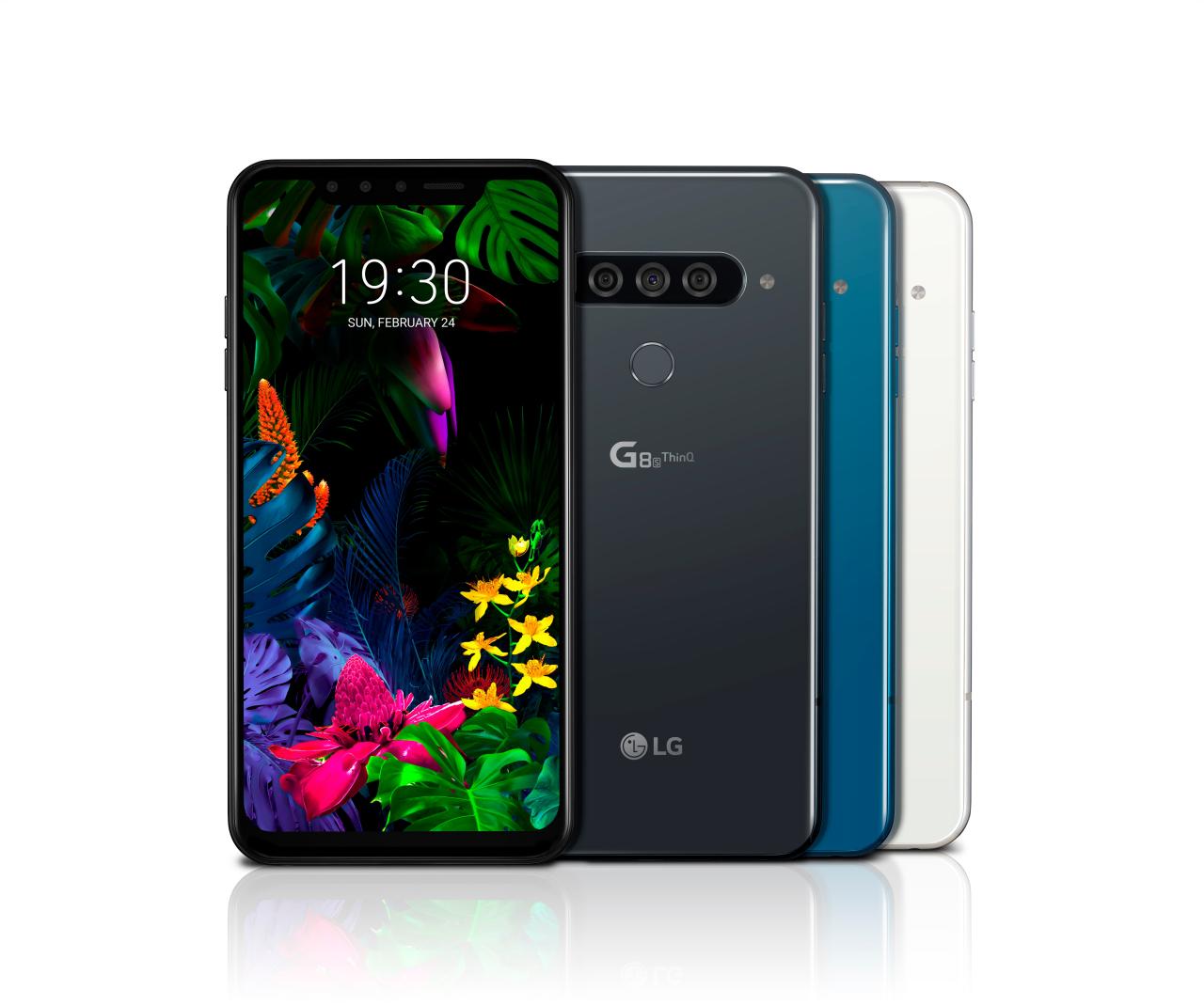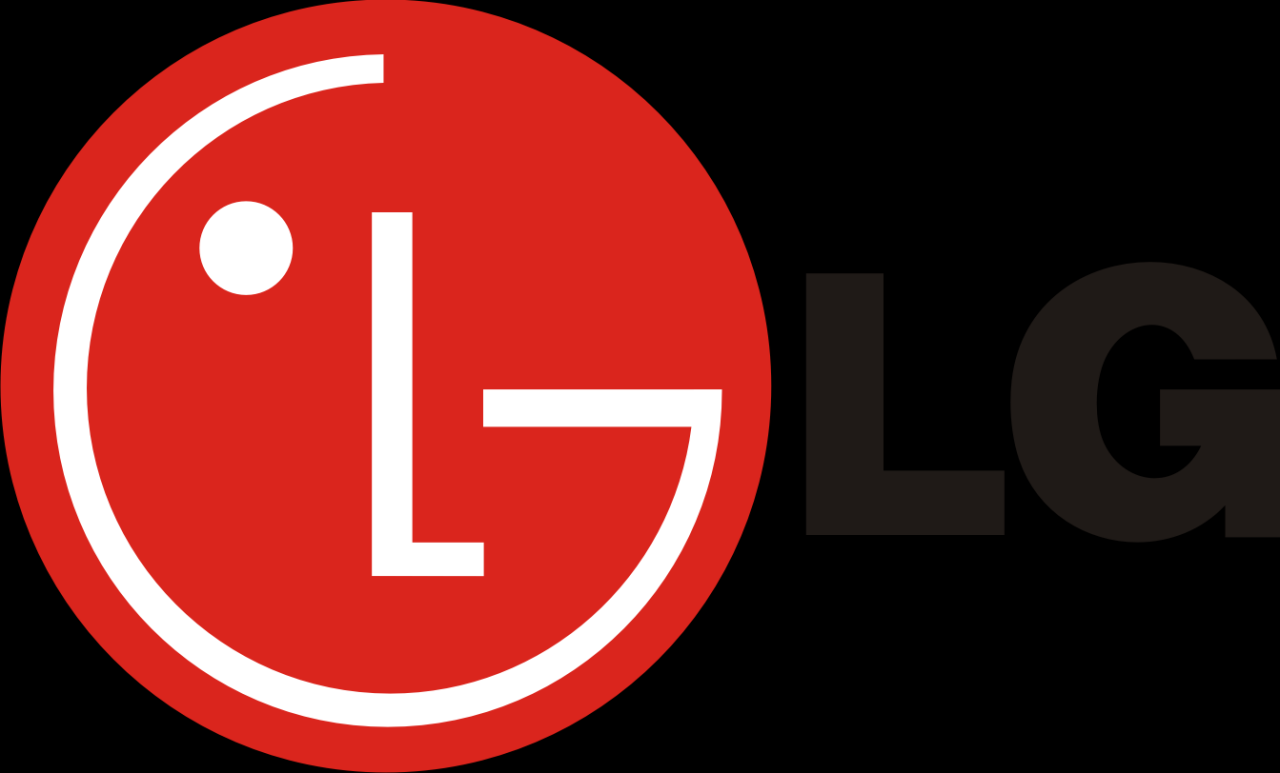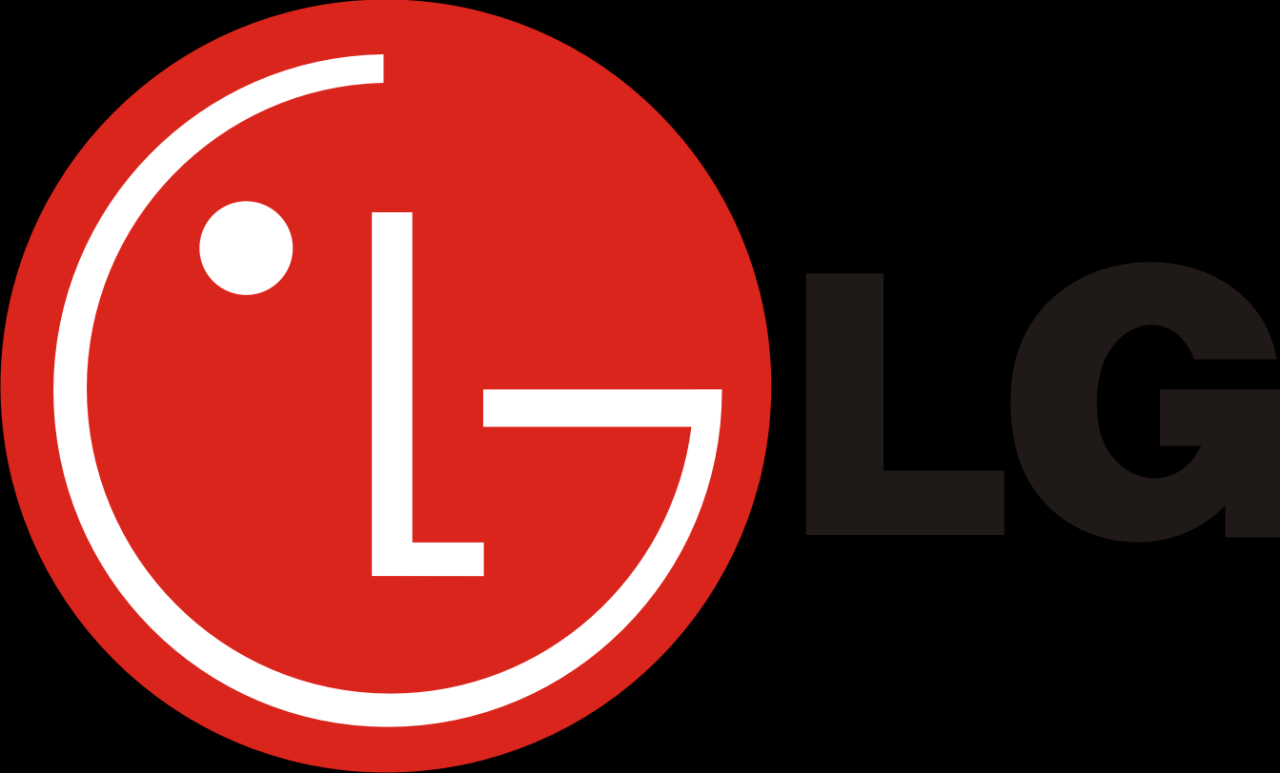lg flex stands at the cutting edge of display technology, transforming the way we interact with our devices. Imagine a world where screens bend and adapt to our needs, opening up exciting possibilities for design and functionality. This innovative technology not only enhances user experience but also paves the way for a new era in consumer electronics.
With the rise of flexible displays, LG Flex has emerged as a trailblazer, offering key features that redefine aesthetics and practicality. From smartphones to wearables, devices utilizing LG Flex technology are not just gadgets; they represent a shift toward more versatile and engaging interactions with technology.
Overview of LG Flex Technology

LG Flex technology stands at the forefront of modern display innovation, enabling a seamless integration of flexibility and advanced visual performance. This technology revolutionizes the way devices are designed and interacted with, paving the way for a new generation of gadgets that are not only functional but also adaptable to the user’s lifestyle. The concept behind LG Flex revolves around the ability to create displays that can bend, curve, and even roll, enhancing user experience while maintaining high resolution and color accuracy.
Key features of LG Flex technology include its ability to produce OLED displays that are both lightweight and thin, providing an unparalleled viewing experience without compromising on durability. The flexible nature of these displays allows manufacturers to explore innovative device designs, such as smartphones that can fold or roll, and screens that can conform to various shapes. The benefits of having a flexible display are significant; they not only contribute to a lighter form factor but also allow for innovative user interfaces that can be adjusted based on user preference.
Devices Utilizing LG Flex Technology
Several notable devices have integrated LG Flex technology, showcasing its versatility and potential. The following examples illustrate the range of applications for this innovative display technology:
- LG G Flex Series: The LG G Flex and G Flex 2 are among the pioneering smartphones featuring a curved display that follows the contour of the user’s face, enhancing comfort during calls.
- LG Signature OLED R: This revolutionary rollable TV can be extended and retracted, offering a unique solution for space-saving home entertainment while delivering stunning visuals.
- LG OLED Flex: A cutting-edge gaming monitor that allows users to adjust the curvature of the screen to suit their gaming or viewing preferences, providing an immersive experience tailored to the individual.
- LG OLED TV: Some models incorporate a flexible panel that can change its shape, allowing it to transform from flat to curved, enhancing the viewing experience for movies and sports.
The integration of LG Flex technology into these devices exemplifies the company’s commitment to innovation and user-centric design. As flexible displays continue to evolve, they are expected to inspire even more creative applications, reshaping how we interact with technology in our daily lives.
Applications of LG Flex in Consumer Electronics
LG Flex technology represents a significant leap in the realm of consumer electronics, transforming the way devices are designed and interacted with. The flexibility and durability of this innovative display technology open up a multitude of applications across various consumer products, enhancing user experience while pushing the boundaries of traditional design.
LG Flex technology is primarily known for its adaptability and resilience, allowing manufacturers to create devices that are not only sleek but also portable and versatile. Products such as smartphones, televisions, and wearables have begun to incorporate flexible displays, demonstrating the broad potential of this technology. The seamless integration of LG Flex into consumer electronics enhances functionality, offers new design possibilities, and ultimately leads to a more engaging user experience.
Consumer Products Incorporating LG Flex Technology
The adoption of LG Flex technology can be observed in a variety of consumer electronics, with noteworthy examples including:
- Smartphones: Devices like the LG V50 ThinQ feature flexible OLED displays that allow for curved designs and improved screen durability.
- Televisions: LG’s flexible OLED TVs can bend and curve, providing a unique viewing experience that adapts to the user’s needs.
- Wearables: Smartwatches with flexible displays offer comfort and adaptability, fitting seamlessly to the wrist and allowing for more interactive features.
- Tablets: Flexible tablets can change shape, enabling users to switch between a traditional tablet and a more compact, portable format.
The integration of flexible displays not only enhances the aesthetic appeal of these products but also demonstrates functional advantages, such as reduced risk of damage from drops and the ability to create innovative user interfaces.
Comparison of LG Flex Devices Versus Traditional Devices
To better understand the advantages offered by LG Flex technology, a comparison table showcases key differences between LG Flex devices and their traditional counterparts:
| Feature | LG Flex Devices | Traditional Devices |
|---|---|---|
| Display Type | Flexible OLED | Rigid LCD/OLED |
| Durability | Highly durable and resistant to breakage | More susceptible to damage from impacts |
| Design Flexibility | Curved and adaptable shapes | Fixed form factors |
| User Interaction | Enhanced interactivity with touch and gestures | Standard touch input with limited interaction |
This comparison highlights the advantages of LG Flex technology, particularly in terms of flexibility, durability, and user engagement.
Market Trends Related to Flexible Displays in Consumer Electronics
The market for flexible displays is experiencing considerable growth, driven by consumer demand for innovative and versatile products. Recent trends reflect a notable increase in investments and advancements in flexible display technology, particularly within the smartphone and television segments.
The rise of remote work and digital lifestyles has catalyzed the demand for portable devices that are both functional and stylish. Consumer preferences are shifting towards products that combine advanced technology with unique design aesthetics. As major electronics manufacturers continue to explore the potential of flexible displays, industry analysts predict a significant surge in the production of LG Flex devices over the next few years.
According to a recent report by market analysts, the flexible display market is expected to reach a valuation of over $100 billion by 2025, indicating a robust growth trajectory. The incorporation of LG Flex technology into consumer electronics not only meets current market demands but also sets the stage for future innovations that will revolutionize the industry.
Design Innovations Enabled by LG Flex

The advent of LG Flex technology has revolutionized the landscape of consumer electronics, particularly in the design of smartphones and wearables. This cutting-edge flexible display technology not only enhances aesthetic appeal but also allows for functionalities that were previously unimaginable. The integration of flexibility in design opens up a myriad of creative possibilities, enabling manufacturers to explore new horizons in product development.
The implementation of LG Flex technology brings with it numerous design opportunities that cater to consumer demands for convenience and novelty. For instance, smartphones can now adopt curved or foldable forms, enhancing portability while maintaining a large display size. Wearables, too, can be designed to seamlessly conform to the contours of the body, providing improved comfort and usability.
Creative Design Possibilities
The incorporation of LG Flex technology provides designers with unprecedented freedom, allowing for various innovative concepts. Some examples include:
- Curved Displays: Smartphones can feature displays that wrap around the edges, creating a more immersive experience and enabling features such as edge notifications.
- Foldable Screens: Devices like the LG Flex can be folded without damaging the display, transitioning from a compact size to a larger screen, accommodating multitasking and enhanced viewing experiences.
- Wearable Devices: Smartwatches and fitness bands can be crafted to be ultra-slim and flexible, allowing them to fit snugly on the wrist without sacrificing functionality.
- Dynamic Shapes: The ability to design devices with non-traditional shapes opens up opportunities for artistic expression and unique branding in a crowded market.
Design Challenges of Implementing Flexible Displays
While the potential of LG Flex technology is immense, several challenges must be addressed to realize its full capabilities. The following points highlight the key design hurdles faced by manufacturers:
- Durability: Ensuring that flexible displays can withstand daily wear and tear without compromising functionality remains a significant challenge.
- Manufacturing Processes: The complexity involved in producing flexible screens necessitates advanced manufacturing techniques that may not yet be fully developed.
- Component Integration: Incorporating other hardware components into flexible designs poses difficulties in maintaining structural integrity and performance.
- Market Acceptance: Consumers may initially be wary of embracing new, unconventional designs, requiring education and marketing efforts to promote acceptance.
Implications for Future Product Designs
The integration of LG Flex technology is poised to have a profound impact on future product designs in the tech industry. As manufacturers continue to innovate, several implications arise:
- Enhanced User Experience: Flexible designs can lead to more intuitive interactions and improved ergonomics, ultimately enhancing the overall user experience.
- Increased Personalization: Customizable devices that adapt to individual preferences and lifestyles are likely to gain traction, allowing consumers to express their unique identities.
- Sustainability: Flexible technology could contribute to more sustainable product designs by minimizing material waste through efficient manufacturing processes.
- Broader Application Scope: Beyond consumer electronics, flexible displays may find applications in automotive interfaces, medical devices, and smart home technologies, expanding the technology’s influence across industries.
Future Prospects of LG Flex Technology

The future of LG Flex technology holds remarkable promise as innovations continue to unfold over the next decade. As flexible displays and materials evolve, they are expected to integrate seamlessly into a variety of applications, fundamentally altering how consumers interact with electronics. This advancement is poised to revolutionize not only consumer electronics but also a multitude of other industries, paving the way for enhanced functionality and user experience.
The potential of LG Flex technology extends beyond mere display flexibility. With advancements in material science and engineering, we anticipate a transformative impact across several sectors, particularly in consumer electronics and smart home devices. The adaptability of LG Flex can redefine product design and utility, thus enhancing user interactivity and environment adaptability.
Potential Industries Benefiting from LG Flex Advancements
As LG Flex technology continues to develop, various industries are expected to leverage its capabilities, leading to innovative products and solutions. The following sectors stand to gain significantly:
- Healthcare: Flexible displays can be used in wearable health monitors that conform to the body, providing real-time health data while being unobtrusive and comfortable for the user.
- Automotive: LG Flex technology can enable curved, touchscreen interfaces in vehicles, enhancing user experience with intuitive controls that blend seamlessly with the car’s interior design.
- Architecture: Flexible building materials could allow for dynamic structures that change shape or function depending on environmental conditions, offering new possibilities in design and energy efficiency.
- Fashion: Integrating flexible screens into clothing could lead to garments that display digital patterns or information, merging technology and personal style in unprecedented ways.
- Entertainment: The gaming and film industries could utilize flexible screens for immersive experiences, creating environments that adapt to the viewer’s perspective or movements for a more engaging experience.
Influence of LG Flex on Smart Home Devices
The integration of LG Flex technology into smart home devices is set to enhance the functionality and design of household electronics. By allowing appliances to feature flexible, adaptable interfaces, LG Flex can significantly improve user interaction and overall experience.
Smart home devices such as refrigerators, ovens, and lighting systems can benefit from flexible touch displays that adapt according to user needs, offering personalized controls and settings. For instance, a refrigerator could feature a curved LG Flex display that morphs to show recipes, inventory lists, or grocery reminders, all while blending with the refrigerator’s aesthetics.
Moreover, the flexibility of LG Flex displays can facilitate more compact and visually appealing installations for smart home systems. Devices can be designed to fit seamlessly into various home environments, enhancing both functionality and the visual appeal of living spaces. As such, LG Flex technology paves the way for a future where smart home devices are not only intelligent but also a beautiful part of everyday life.
“The adaptability of LG Flex technology is set to redefine user experiences across multiple domains, merging aesthetic values with functional innovation.”
FAQ Compilation
What is LG Flex technology?
LG Flex technology refers to flexible display technology developed by LG that allows screens to bend and flex, enabling new design possibilities.
What devices use LG Flex technology?
Devices that use LG Flex technology include certain smartphones and wearables that benefit from flexible displays for enhanced usability.
How does LG Flex improve user experience?
LG Flex improves user experience by offering flexible designs that adapt to various needs and preferences, providing greater comfort and functionality.
What challenges are faced when implementing LG Flex?
Challenges include durability concerns, manufacturing complexities, and ensuring consistent performance across various devices.
What industries can benefit from LG Flex advancements?
Industries such as consumer electronics, automotive, and smart home technology can significantly benefit from advancements in LG Flex technology.
If you’re looking to upgrade your smartphone, check out the latest promotion iPhone. With exciting features and impressive performance, the new iPhone models are truly enticing for tech enthusiasts. Meanwhile, for those who prefer Android, the samsung galaxy s22+ 5g offers cutting-edge technology and stunning design, making it a worthy contender in the premium smartphone market.
The ongoing promotion iPhone has caught the attention of many, especially with their sleek designs and powerful capabilities. In comparison, the samsung galaxy s22+ 5g stands out with its exceptional camera quality and 5G connectivity, appealing to users who crave speed and efficiency in their mobile experience.

